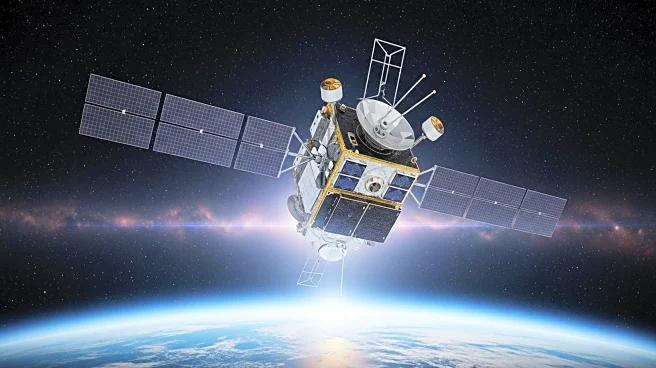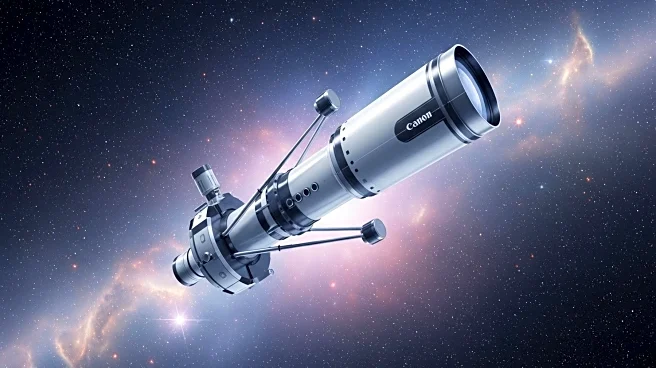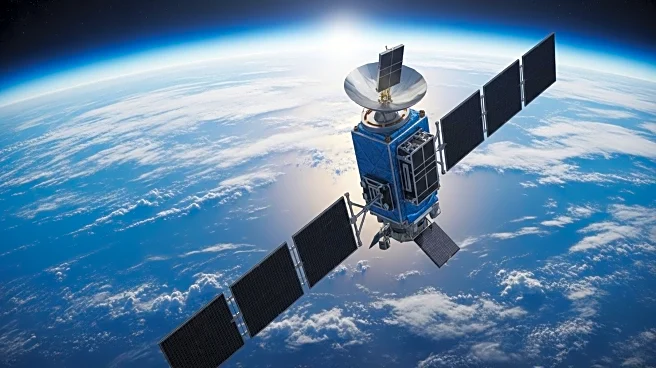What is the story about?
What's Happening?
A NASA-backed study has found that the Earth's northern hemisphere is growing dimmer compared to the southern hemisphere, due to changes in radiation interaction, decreased albedo, and water vapor changes. This dimming results in a net loss of radiative energy, affecting the Earth's radiation budget. The study, led by Norman Loeb from NASA's Langley Research Center, highlights the role of declining arctic sea ice and reduced cloud cover in this phenomenon. The findings suggest that the imbalance in radiation budgets between the hemispheres could significantly impact future climate models.
Why It's Important?
The dimming of the northern hemisphere has critical implications for climate change, as it affects the Earth's ability to reflect solar radiation. This imbalance could lead to increased surface temperatures and accelerated warming, particularly in polar regions. The study underscores the importance of understanding hemispheric differences in radiation budgets for accurate climate modeling. The findings may prompt scientists to explore geoengineering techniques to address the imbalance, although such interventions carry their own risks.
Beyond the Headlines
The study raises ethical and environmental questions about the use of geoengineering to manipulate climate systems. While reducing pollution has led to fewer reflective clouds, the potential for increased warming highlights the complex interplay between human activity and climate change. The research may influence policy decisions on emissions and climate interventions, as scientists seek to balance environmental protection with climate mitigation strategies.
AI Generated Content
Do you find this article useful?













